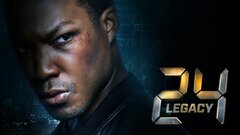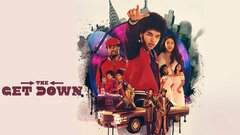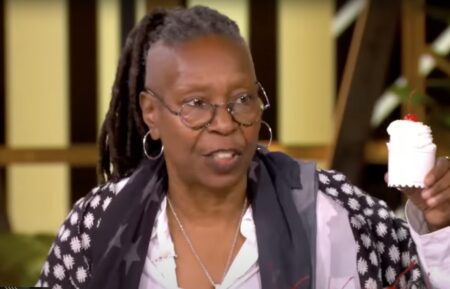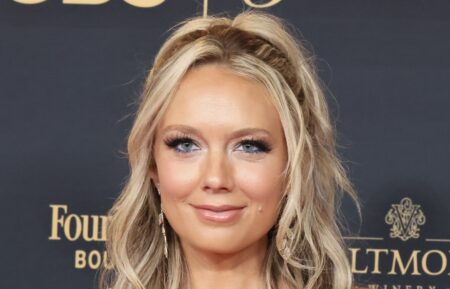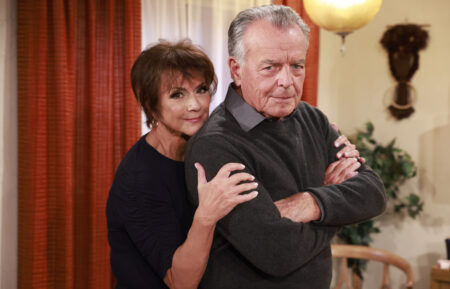Jimmy Smits on Getting Excited About ‘The Get Down’ and Watching Himself in Reruns
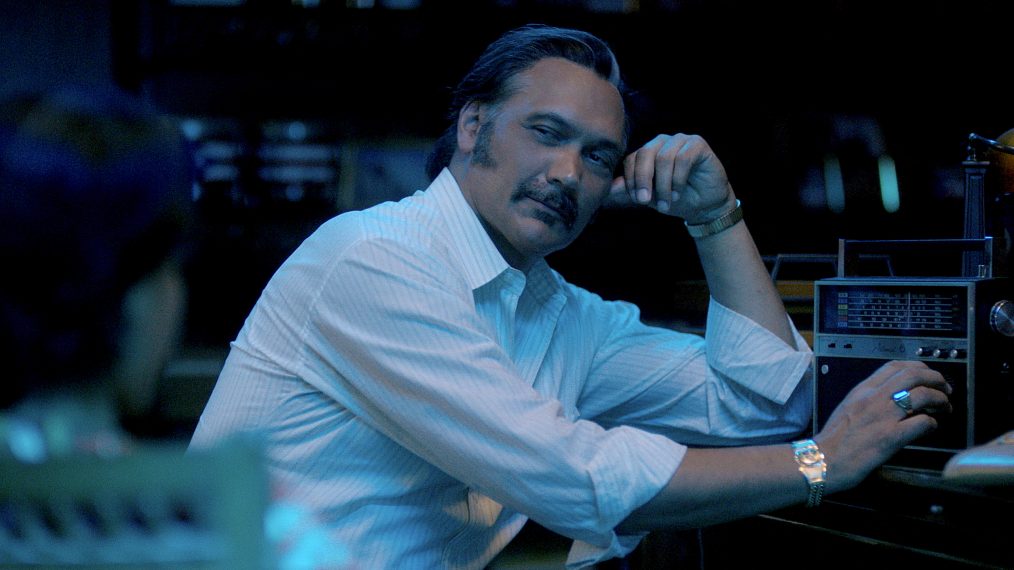
It’s official: Jimmy Smits can’t be stopped.
During his varied career, the Brooklyn-born Puerto Rican actor has played numerous iconic TV characters in the ’80s and ’90s, including L.A. Law’s by-the-book attorney Victor Sifuentes, and NYPD Blue’s Bobby Simone, the latter of which cemented his place as a small-screen sex symbol. He’s also part of the Star Wars film franchise and has appeared in award-winning Broadway plays. Smits even popped up on Pee-wee’s Playhouse. And he has a master’s degree in fine arts from Cornell. How many actors can say all that? Yet, at age 61, when many stars of his ilk start settling for the occasional TV cameo, Smits is still chasing roles in unique projects. Case in point: Netflix’s The Get Down.
A sprawling tale set in the Bronx in the late 1970s, the reported $120 million series is the creation of Moulin Rouge director Baz Luhrmann. The show boasts Luhrmann’s trademark style—whooshing camera, dazzling production design—as well as singing, dancing, rapping and kung fu. Straddling the disco and hip-hop eras, The Get Down literally depicts the Bronx burning, as many landlords found it more profitable at the time to torch their buildings than rent them out. Smits portrays Francisco Cruz—the borough’s de facto leader—a suave Puerto Rican contractor with plans to rebuild the area in the interests of its people (and his wallet). We talked to Smits about the role, his career and his own memories of late 1970s New York City.
RELATED: Netflix Orders Baz Luhrmann’s ’70s Music Drama The Get Down
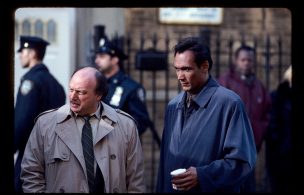
Smits (right) with Dennis Franz on the set of NYPD Blue
How did you end up in a streaming musical series?
I knew [writer and executive producer] Stephen Adly Guirgis through his play The Motherf**ker With the Hat. To me, he is the urban version of David Milch or David E. Kelley. When I heard he was involved, I met with Baz. I had just lost my parents in New York only three months apart, so I was in a very open, vulnerable place. I went to the writers’ room, where Baz had this maybe 40-foot wall covered in what looked like graffiti but what was really a timeline of the 1970s in history, art and rap.
The show is about these kids who have nothing in the Bronx, but there’s this bigger political thing happening that’s really affecting everything. These freaking buildings were burning down! I have such vivid memories of that. I knew the time and the music. Then I met the younger actors at a read-through. I hadn’t committed to do it yet, and they were rehearsing for the musical part of the show. I was like, “Holy s–t, these kids are amazing.” And the dialogue was like poetry, not just because there’s rap in it. All the characters, even when thuggish, have this poetic way of speaking. The show has a theatricality to it, but in its own gritty way—which has a lot to do with Baz and his vision of the world. And the kids just went for it. I’ve been around 25 years, and you get so jaded, and to see them just go for it—I called my agent right away and said, “I really want to do this role.”
How did you go about making Francisco your own?
It all started with this compendium of Bronx memorabilia in my brain. He’s got a bit of my uncles in him. When I was going to college in the 1970s, I did a lot of work with community action programs. There were all these “characters” around at the time. Francisco’s them—but in a loving way, because no matter how Francisco gets what he wants, he’s doing it for the good of his community. In his head, he’s not doing anything different than the guys in the glass towers in that other borough.
What did you think about his clothes?
Well, they were made from enemies Polly and Esther, aka polyester. [Laughs] It is not a fun thing to be wearing. It’s not very breathable. But it was part of the time period. Baz and [costume designers] Catherine Martin and Jeriana San Juan wanted Francisco’s color palette to be like a military dictator’s, all beige but in keeping with the late 1970s leisure suit thing. The outfits really gave me permission to go out on a limb—like even with his jewelry or choice of mustache. I would have never done things like that, but [the creators] were like, “Go for it. It’s not over the top.” And all of those things helped me: his little bracelet and the gray in his hair. I also didn’t need to be afraid of throwing a little Spanish in here or there.
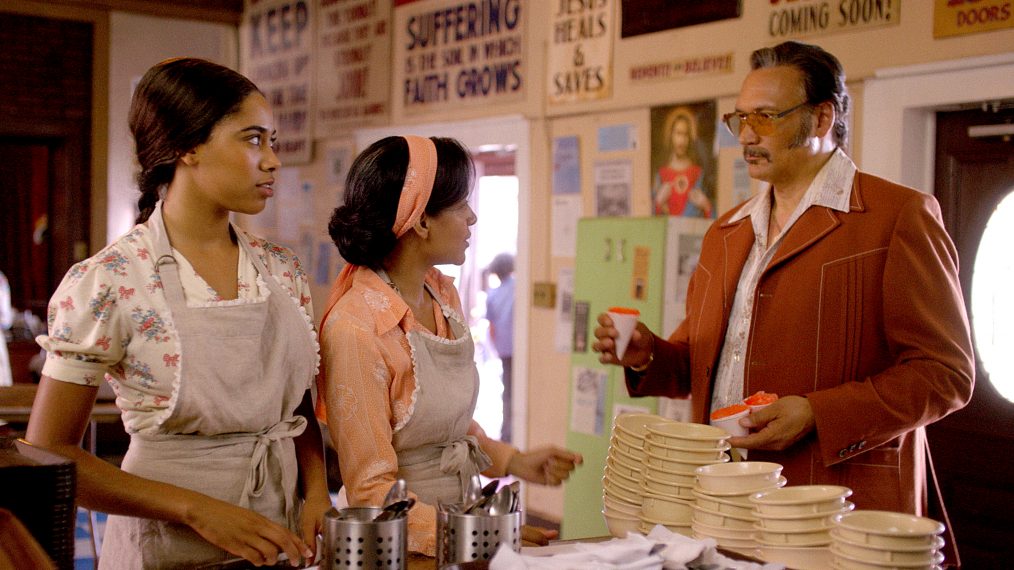
Smits (right) with The Get Down costars Herizen Guardiola and Zabryna Guevara.
Did you go right from filming The Get Down to doing Fox’s upcoming 24: Legacy?
Yes. We’ve only shot the pilot. The reason I did 24 was a totally different deal than why I did The Get Down. It was more because I liked the series’ executive producers and writers. The original 24 changed how we watch television by unfolding in real time on split screens with different storylines. It was this great visual step. And the fact that it’s premiering after the Super Bowl was a boost of confidence.
RELATED: 24: Legacy: Cast, Producers on Expanding the Universe Without Jack and Chloe
Don’t you ever want to do something easy?
The North Star for me has always been to keep working. It could be because the role is different, or the director. Or because the writer really has something to say. Or because, visually, there’s going to be something new I can do with the character. I just try to keep mixing it up. When I look over my shoulder at what I’ve put behind me, I always want to see something there that wasn’t there before.
Speaking of behind you, do you ever catch yourself in reruns?
Occasionally, late at night. They’ll be airing reruns of NYPD Blue and I’ll be flipping through the channels and see myself and think, “There goes Bobby, the somber guy in the blue raincoat. Smile! You had so much more hair then, kid!”
The Get Down, Series Premiere Friday, August 12, Netflix.

